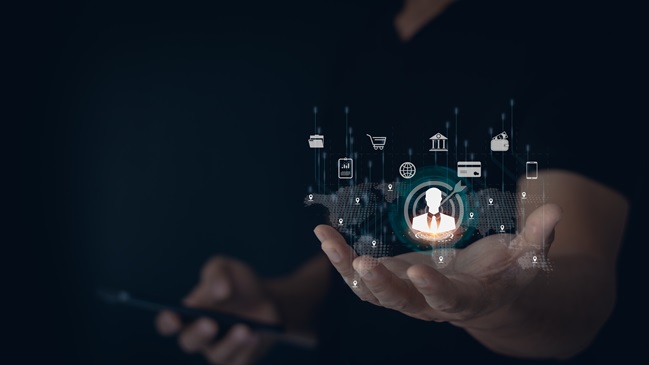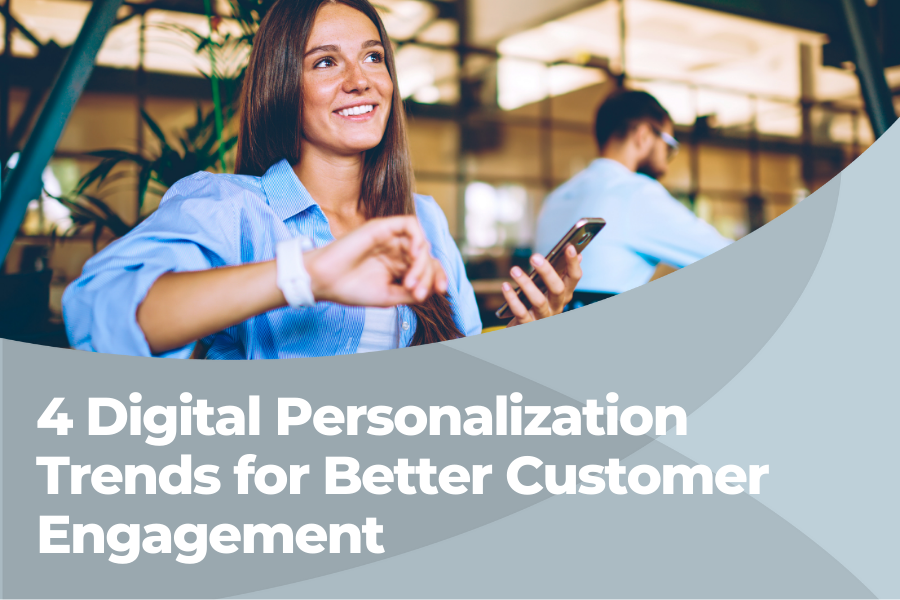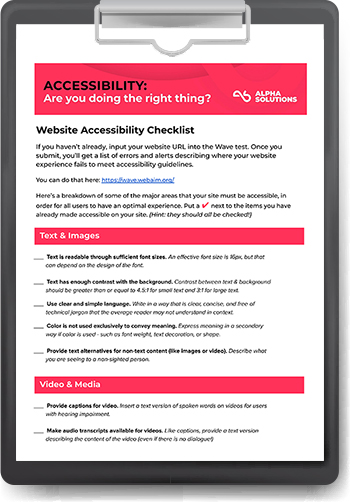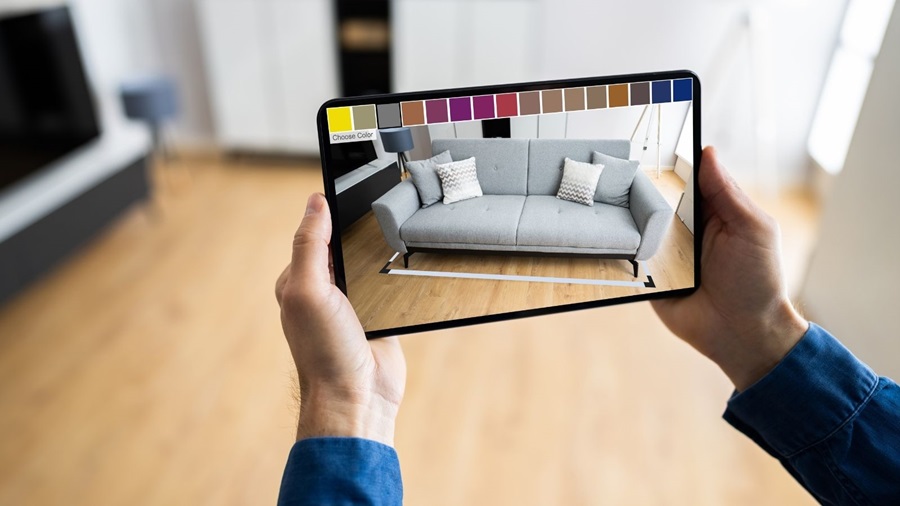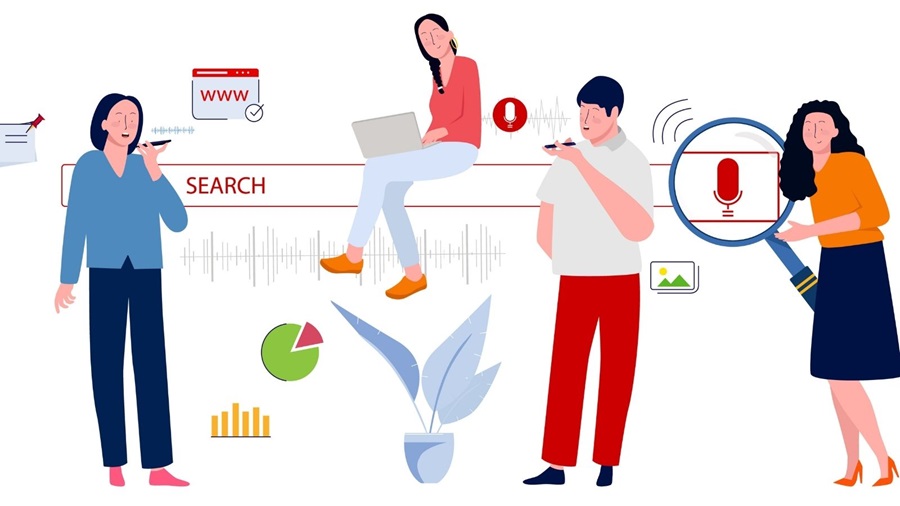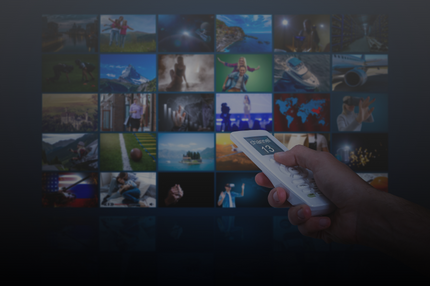When you’re browsing Amazon for a coffee maker, you know that you’ll likely also see recommendations for coffee beans, a coffee grinder, or something else Amazon thinks you’ll want, based on what you’ve been looking for.
And if your coffee maker isn’t delivered on time, you may go back to Amazon and engage with a chatbot who calls you by name and exchanges pleasantries with you.
That, my friend, is digital personalization technology at work.
You’ll find more examples of digital personalization technology later in this article, but, first… let’s go over the basics.
What is digital personalization?
Digital personalization (also known as personalization in marketing) is about crafting customized experiences, messages, and interactions for shoppers based on their unique characteristics, behaviors, preferences, and needs.
This article will help you understand why digital personalization is so important for your business and what steps you can take for best results.
So, let's delve deeper into personalization, a powerful (and fun!) aspect of digital marketing.
The Mechanics of Digital Personalization in Marketing
Digital personalization is fundamentally data-driven. It revolves around the collection, analysis, and application of various types of customer data.
This data may include:
-
basic demographic information, such as age and location
-
browsing and purchase history
-
social media interactions
-
page clicks
-
abandoned carts
-
and more
This wealth of data is then used to craft detailed customer profiles or "personas".
These personas provide insightful glimpses into a customer's behavior, needs, preferences, and potential future actions.
Having this information helps marketers anticipate customer needs and tailor their approach accordingly.
Artificial Intelligence (AI) and machine learning play a significant role in digital personalization. These technologies can sift through vast amounts of data, quickly identifying patterns, making predictions, and facilitating the creation of highly personalized experiences at scale.
A digital personalization strategy will help you translate this understanding into action, crafting a user experience that feels tailor-made for each customer.
However, personalization in marketing isn't confined to a single channel.
It’s evvvvverywhere.
Digital personalization technology is found in various forms:
Websites, email marketing, mobile applications, social media platforms—all these digital channels can benefit from personalization in marketing.
Advanced analytics, predictive modeling, and machine learning are all crucial tools in a marketer's arsenal today, aiding in the ability to provide personalized experiences at scale.
Here are 6 common examples of digital personalization trends:
1. Personalized emails.
By using data about a customer’s previous interactions, their interests, or their demographic data, you can tailor your email content to better engage each individual recipient.
This could include:
-
Personalized subject lines
-
Product recommendations
-
Special offers
-
Birthday greetings
When’s the last time you spontaneously purchased something from an email? Me? Yesterday.
2. Product recommendations.
Many online retailers and service providers personalize the shopping experience by offering recommendations based on a customer's
-
past purchases,
-
browsing history, or
-
items in their shopping cart.
I’ll bet you’re using this feature every day - brands like Amazon and Netflix are well-known for their successful use of this digital personalization technique.
3. Dynamic website content.
Using personalization technology, websites can present different content or layouts to users based on their past behavior, location, or the device they are using.
For example, a returning visitor to a website might be greeted by name and shown recently viewed items, while a first-time visitor would be given a site tour or offered an introductory deal.
This provides a rich, customized experience that is memorable and guides users on a more directed path to purchase.
Think of it as your customer’s very own personal shopper!
|
How accessible is your website? Get our free accessibility checklist to guide your efforts for getting compliant and doing the right thing. Plus, receive real feedback from us to help you on your next steps. |
4. Targeted advertising.
Platforms like Google and Facebook allow advertisers to display ads to specific demographics or individuals who’ve shown interest in similar products, based on their browsing behavior, interests, and other personal data.
This means ads that users see are more relevant to them, which increases engagement and the likelihood that they’ll become a loyal customer.
This digital personalization trend can become more integrated into a customer’s lifestyle, and annoying, irrelevant ads may very well become a thing of the past.
5. Personalized customer service.
With the help of AI and machine learning, brands can now offer personalized customer service experiences. This is an excellent example of digital personalization at scale.
Chatbots, for instance, can:
-
Provide immediate responses to customer inquiries
-
Address users by name
-
Remember past interactions
-
Offer solutions based on purchase history
Leveraging this personalization technology can help scale your virtual support team quickly, and let you focus on more engaging marketing to bring customers to the door.
6. Social media engagement.
Brands often use digital personalization in their social media strategy to interact with their followers.
This can include:
-
Responding to comments or messages in a personal manner
-
Offering personalized discounts or deals
-
Sharing content that is tailored to the interests of the audience
Brands may also use personalized retargeting campaigns, where users who have visited a brand's website are later shown related ads on social media platforms.
That probably hasn’t happened to you… while you’ve been reading this article.
Why is digital personalization so crucial?
The key reason digital personalization is so important in ecommerce today is that it significantly enhances the customer experience.
When customers feel understood and valued, they engage more with your brand, leading to:
-
Increased customer loyalty
-
Higher conversion rates
-
Improved customer lifetime value
To put it plainly, personalization brings relevance to customer interactions.
In a digital space saturated with information, customers appreciate and respond to content and interactions that are specifically relevant to them.
According to a recent survey by McKinsey & Company, 71% of consumers expect personalization and 76% get frustrated when they don’t get it.
Personalization cuts through the noise, delivering what the customer truly wants and cares about.
Digital personalization fosters deeper relationships between brands and customers. When a brand consistently meets a customer's needs and anticipates their desires, it builds trust and fosters long-term loyalty.
Personalization in marketing shifts the brand-customer relationship from a transactional to a relational interaction.
Our 4 Major Predictions for Future Personalization Trends
Businesses are continuously seeking innovative ways to make their personalization ecommerce strategy more refined, relevant, and effective.
As we look to the future, the role of personalization in digital marketing will continue to expand and evolve.
Here’s what we know is on the cusp of personalization trends that you may want to take advantage of for your business growth -
Prediction #1. 🧑💻Internet of Things
The advent of new technologies, such as the Internet of Things (IoT), will reshape the personalization landscape. The wealth of real-time data provided by interconnected devices offer marketers a goldmine of insights into customer behavior and preferences.
This data, in turn, can be leveraged to offer highly personalized content, recommendations, and interactions across a multitude of platforms and touchpoints.
One great example of a company leveraging IoT to personalize marketing efforts and improve customer engagement is Amazon with its Echo devices, powered by Alexa.
⭐ Personalized recommendations
When you interact with Alexa, she may make suggestions based on your shopping history. For example, if you regularly order protein powder, Alexa might remind you when it’s time to reorder, or she might suggest a different brand to try.
🏠 Smart home integration
Because Alexa integrates with a bunch of different smart home devices, she gives Amazon a goldmine of data about a user’s routines and habits. This data can then be used to make personalized recommendations for you.
For instance, if Alexa notices that you play a lot of 1990s hits, Amazon might suggest anti-aging serums (ha ha) or Nirvana’s MTV Unplugged in New York album on vinyl.
🗣️ Voice-activated shopping.
Alexa lets you buy things just by speaking to her. This feature, combined with the power of personalized recommendations, has the potential to significantly streamline the shopping experience and increase customer engagement, not to mention, my credit card balance.
Prediction #2. 🖥️ Machine learning
Artificial intelligence and machine learning, which are already central to personalization strategies, will become even more important in the future.
Advanced machine learning algorithms can offer deep insights into individual customer preferences, habits, and behaviors.
These important insights and patterns will allow brands to anticipate customer needs and deliver personalized one-of-a-kind experiences.
Netflix is a good example of a company successfully using advanced machine learning algorithms to provide highly personalized content recommendations.
🖼️ Curated thumbnails.
Netflix doesn't only recommend shows that it thinks we might like, but it also personalizes the way our options are presented to us. Netflix's machine learning algorithms actually generate different thumbnails for a show based on the viewer.
This means you and I might see a completely different image for a movie based on our individual preferences.
📺 Interface personalization.
Netflix also uses machine learning to personalize its user interface for each subscriber. So, the arrangement of genres or categories you see on your Netflix home screen is not random. And it’s not going to look the same as my home screen, either.
We each see the result of machine learning that has analyzed our viewing habits, search history, and how we interact with Netflix.
💲 Predictive analytics for content creation.
Netflix also uses machine learning to make decisions about which original series or films it will fund. They do this by analyzing user data to predict what types of content will be popular with subscribers. (This is unsettling to me, because Squid Game. What the heck are y’all watching!?)
Having this data helps Netflix invest wisely (debatable) in content creation, ensuring a higher chance of customer engagement and satisfaction.
Prediction #3. 💕Augmented reality
The rise of augmented reality (AR) and virtual reality (VR) technologies provides a new avenue for digital personalization.
Brands can create immersive, interactive experiences that can be personalized to each user, thus enhancing engagement and loyalty.
IKEA does a great job of using Augmented Reality (AR) technology to enhance customer engagement with its IKEA Place app.
🪑 Virtual product visualization.
Customers can choose from thousands of products to see how they’ll look and fit in their home, providing a personalized shopping experience based on their unique needs and preferences.
This leads to increased customer satisfaction and reduces the chance of returns.
🛋️ Interactive shopping experience.
The IKEA Place app offers a more interactive and engaging shopping experience than traditional online shopping. This interactivity increases customer engagement and leads to more time spent in the IKEA world.
This translates to higher sales and a greater number of couples arguing while building entire bedroom sets with one bag of screws and a tiny Allen wrench.
🛏️ Enhancing online and offline integration.
The IKEA Place app creates a seamless blend of this powerhouse brand’s digital and physical worlds, enhancing the integration of online and offline shopping experiences.
This allows for more personalized and convenient shopping journeys, (making me wonder if the IKEA Place app is funded in part by American divorce attorneys 🤔).
Prediction #4. 🎤 Voice search
Voice search optimization is another upcoming trend that will impact personalization.
As more and more users adopt voice assistants and smart speakers, brands will need to adapt their personalization strategies to cater to voice-based interactions.
Domino's Pizza is one example of a brand that’s using voice search technology to enhance customer experience with its voice ordering assistant, “Dom.”
📲 Voice ordering.
With Dom, you can order your pizza using natural speech through a mobile app. This simplifies the ordering process (which was already kind of simple tbh), making the act of ordering pizza a more engaging and user-friendly experience.
It also provides a layer of personalization as Dom interacts with customers, for an experience similar to speaking with a human being.
🏡 Smart device integration.
Domino's has integrated its voice ordering service with several smart devices and AI assistants like Alexa/Echo and Google Home. You can simply say, "Alexa, order Domino’s,” and your wish will be granted.
(On behalf of Amazon, we would like to extend an apology to everyone named Alexa.)
🍕 Voice-activated pizza tracker.
Domino’s customers can also use voice search technology to track their orders in real-time through their Smart TVs or smart home devices, which puts an extra layer of pressure on delivery drivers, while enhancing the pizza ordering experience for the rest of us.
Conclusion: Digital Personalization in Building Relationships and Engagement
Personalization plays an integral role in building and nurturing relationships with consumers.
By understanding and catering to the unique needs and preferences of each customer, your brand can foster a greater sense of trust, leading to retention with repeat buying.
Furthermore, personalized interactions and experiences lead to higher engagement rates, contributing to increased customer lifetime value and brand advocacy.
The future of personalization in digital marketing looks promising, with endless possibilities and avenues for innovation.
By harnessing the power of personalization in marketing, brands can deliver unparalleled customer experiences, drive engagement, and build strong, enduring relationships.
It's clear that digital personalization will continue to shape the marketing landscape in the years to come, making it a critical consideration for any successful marketing strategy.
If you need help implementing personalization technology, let’s chat about it. The team at Alpha Solutions will keep you at the front of the pack on the trends in a highly sustainable way.

